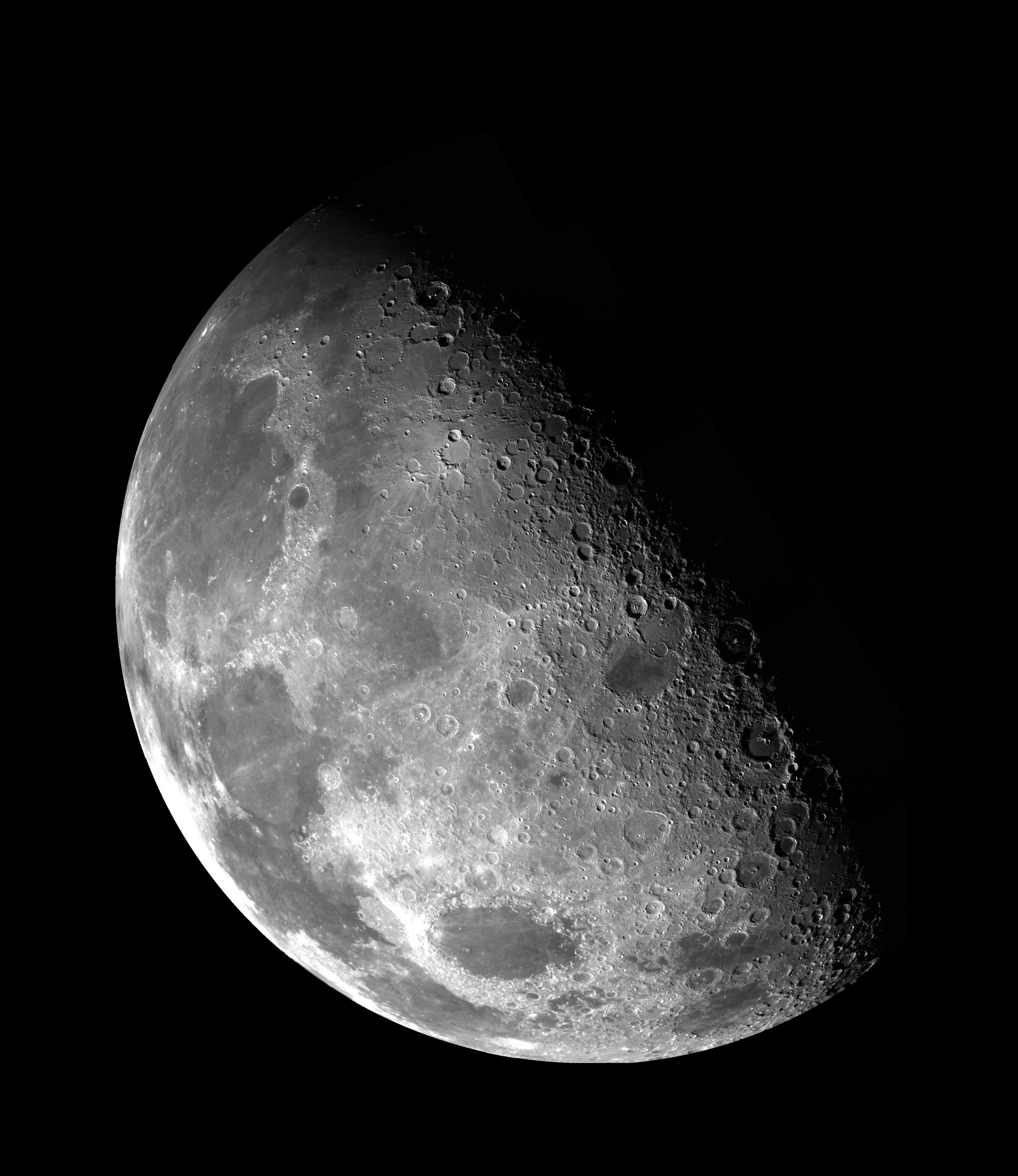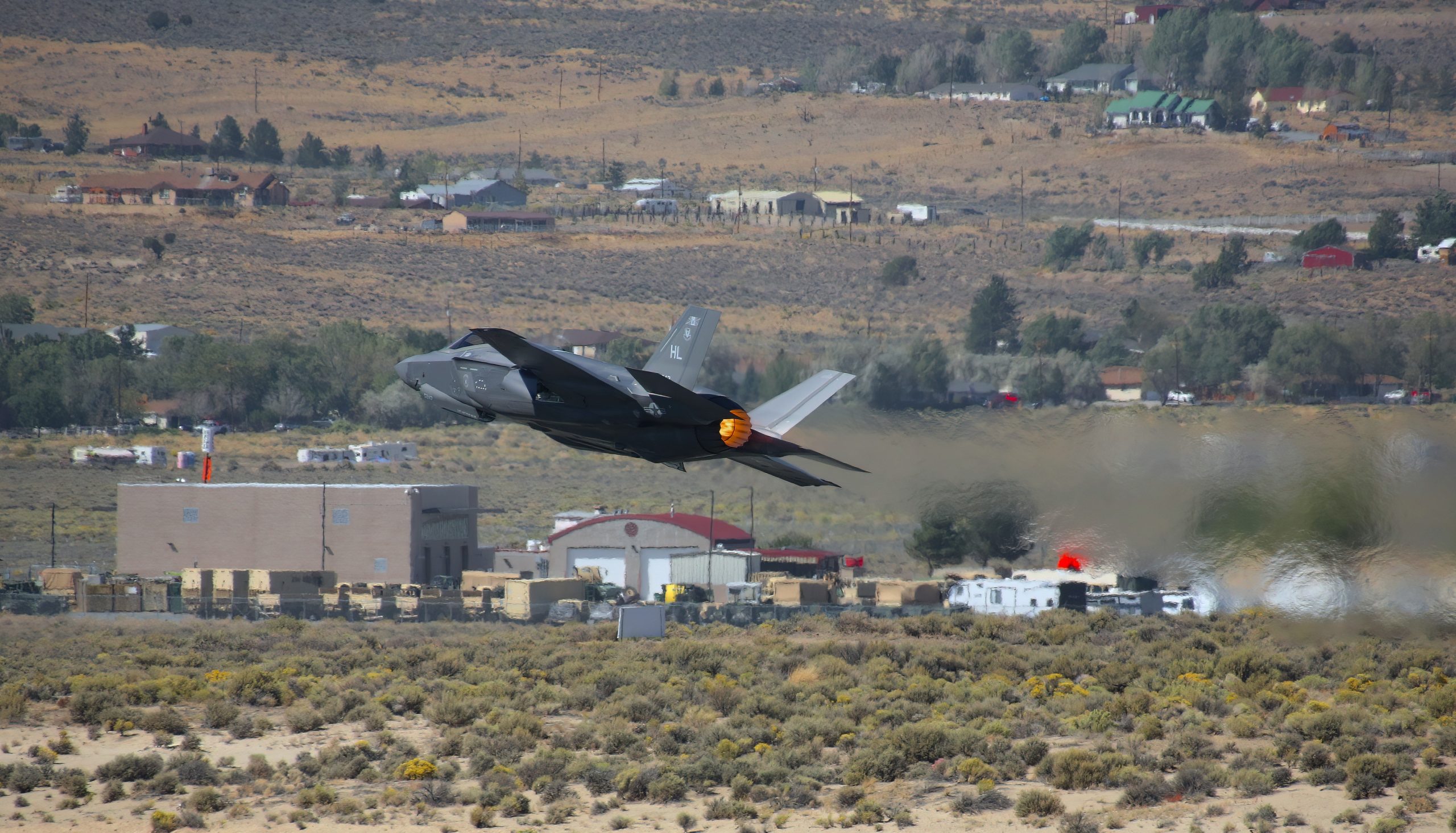The Moon has always been an object of fascination and wonder for people all over the world. But did you know that it could also be a hub for intergalactic trade? That’s right, NASA’s latest rover mission is set to explore the lunar surface with a goal to establish a sustainable commercial presence on our nearest celestial neighbor. Join us as we take a closer look at this ambitious mission and what it means for the future of space exploration and commerce. Get ready to witness one giant leap for lunar trade!
What is the Lunar Rover?
The Lunar Rover is a battery-powered four-wheeled vehicle designed to operate in the low-gravity environment of the moon. The rover was first used during the Apollo 17 mission in 1972 and has since been used on several other missions, including the Soviet Lunokhod missions, the Chinese Chang’e 3 mission, and NASA’s Mars Exploration Rovers.
The Lunar Rover is designed to carry two astronauts and their equipment over long distances on the lunar surface. The vehicle is equipped with a television camera and a laser reflector, which are used to communicate with Earth and map the lunar surface. The rover also has a sample return container, which is used to collect soil and rock samples for analysis back on Earth.
The Lunar Rover’s Mission
The Lunar Rover’s mission is to create a safe and efficient transportation system for lunar trade. The Rover will be used to transport goods and resources between the Moon and Earth, as well as to other destinations in the solar system. The Lunar Rover will also be used to conduct scientific research and exploration of the Moon.
Why the Lunar Rover is Important
The Lunar Rover is important for many reasons. First, it is an essential tool for lunar trade. Second, the Lunar Rover is a key component of the lunar infrastructure, which is necessary for the long-term development of the lunar economy. Third, the Lunar Rover provides an invaluable service to the scientific community by transporting equipment and supplies to and from the lunar surface. Finally, the Lunar Rover is a symbol of humanity’s ongoing exploration of the solar system and our continued commitment to expanding our knowledge of the universe.
How the Lunar Rover Works
The Lunar Rover is a battery-powered vehicle that is designed to travel across the lunar surface. It is equipped with six wheels, a suspension system, and a frame that is made from an aluminum alloy. The rover also has a payload bay that can carry up to 500 kg of scientific equipment and supplies.
The Lunar Rover gets its power from a set of solar panels that are mounted on the top of the vehicle. These panels convert sunlight into electrical energy, which is then used to charge the batteries. The batteries are located in the rear of the vehicle and provide power to the electric motors that drive the wheels.
The Lunar Rover can travel at speeds of up to 8 km/h on flat terrain, and it can climb slopes with an incline of up to 30 degrees. It also has a range of over 100 km, which means it can easily traverse the entire lunar surface.
The Future of the Lunar Rover
Assuming that the Trump administration’s proposed budget for FY 2019 is approved by Congress, development of a new lunar rover could begin as soon as this fall. The rover, which would be larger and more capable than the current generation of Mars rovers, would be designed to travel across the lunar surface for long distances and to operate in a wider range of conditions, including rough terrain and extreme temperatures.
The new rover would be part of a broader effort to establish a permanent human presence on the moon. The Trump administration has proposed creating a “lunar gateway” station in orbit around the moon, from which astronauts would make occasional trips to the lunar surface. The gateway station would also serve as a base for robotic missions to collect data and resources.
The development of a new lunar rover is an essential step in achieving these goals. The rover would allow astronauts to travel longer distances and explore more of the lunar surface. It would also enable them to collect data and resources that could be used to support a permanent human presence on the moon.
The development of the new lunar rover is an ambitious undertaking, but it is essential for achieving our goal of establishing a permanent human presence on the moon.










